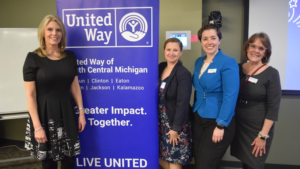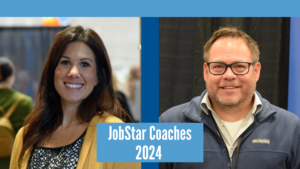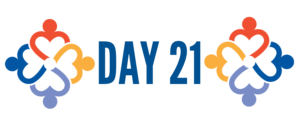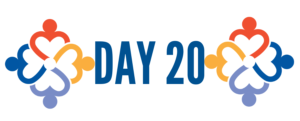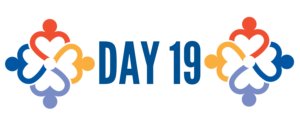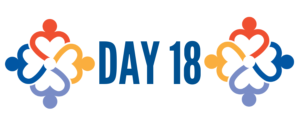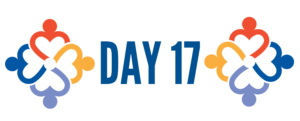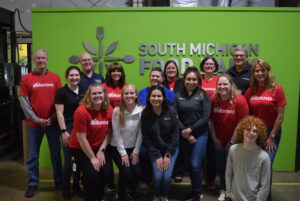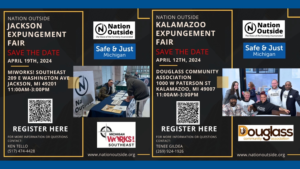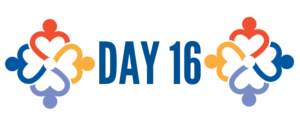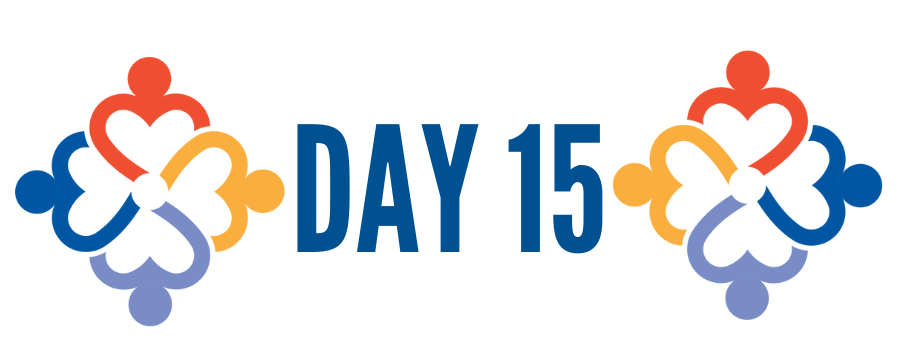
Day 15: Wealth and Income
Wealth is more than just how you earn a living. It includes income, homeownership, family support, access to high quality K-12 and higher education, retirement savings, and more. On nearly every measure, disparities exist along the lines of ability, race and ethnicity, immigration status, sexual orientation, and gender. Banking, housing, employment, and other factors have significant impact on the ability of individuals and families to earn thriving incomes and build wealth.
At United Way, we’re focused on supporting people and families who are ALICE. ALICE (Asset Limited, Income Constrained, Employed) may be a relative or friend. You may be ALICE. As cashiers, waiters, childcare providers, and other members of our essential workforce, ALICE earns just above the Federal Poverty Level but less than what it costs to make ends meet. These households are frequently forced to make impossible choices each day. ALICE also represents the data reshaping the dialogue on financial hardship, and a grassroots movement that is picking up steam across half of U.S. states – and counting.
Consider how wealth and income are impacted by identity:
- The Fair Labor Standards Act of 1938 includes Section 14 (c). This grants special certificates allowing employers to hire workers with disabilities below the federal minimum wage. The U.S. Commission on Civil Rights revealed that in 2017 and 2018, the average wage of a person with a disability working under a 14(c) certificate was $3.34 per hour and the average number of hours worked was 16 hours per week, making the average wage just $53.44 per week. The ALICE in Focus: People with Disabilities report from 2021 shows that 18% of people with disabilities in the U.S. live in poverty, another 34% live below the ALICE threshold. Combined, 52% of all people with disabilities experience financial hardship.
- A 2022 study found that LGBTQ+ workers earn 22% less than their heterosexual cisgender counterparts. Another 2022 study showed that LGBTQ+ workers earn approximately 90 cents to every dollar US workers earn on average than the non-queer worker. This wage gap is even more striking for transgender people. Trans men and nonbinary workers earn approximately 70 cents to every dollar and trans women earn approximately 60 cents for every dollar earned by a typical worker.
- The United States Federal reserve reported that, “In the United States, the average Black and Hispanic or Latino households earn about half as much as the average White household and own only about 15 to 20 percent as much net wealth.” In Michigan, 59% of Black and 44% of Hispanic households were below the ALICE Threshold in 2021, compared to 36% of White households.
Today’s Challenge
Read:
What is subminimum wage? (Nov 2020) [4 min read] Did you know that there are many people who legally earn less than the federal minimum wage? Learn more about how this policy came into being and who it’s impacting today.
ALICE in the Crosscurrents: COVID and Financial Hardship in Michigan (2023) [15 min read] United for ALICE took a deeper look into how people in Michigan experience financial hardship. This report highlights disparities by race/ethnicity, household size, and households with children.
Watch:
The Price of Exclusion II by UN Human Rights (Sep 2017) [3 minute watch] Rates of poverty, houselessness, depression and suicide have been found to be far higher among lesbian, gay, bisexual and transgender people than in the general population. But it’s not just LGBT people who pay the price. We all do. Every LGBT child thrown out of home and forced to miss out on education is a loss for society. Every LGBT worker denied their rights is a lost opportunity to build a fairer and more productive economy. These losses are entirely self-inflicted. With different laws and policies in place and a different mind-set, we could and would achieve a more free and equal world – that is more prosperous too!
Listen:
On Point: Part I – Achievement Gap, Or Opportunity Gap? What’s Stopping Student Success [47 min listen] This is the first episode of a 2019 series from WBUR focused on seeking solutions to persistent problems in American education. This first episode if focused on understanding disparities and how they came about.
Engage:
Dive into our local Michigan data with The Opportunity Insights Economic Tracker, a visionary tool to help you understand social capital and economic mobility. (2+ mins)

